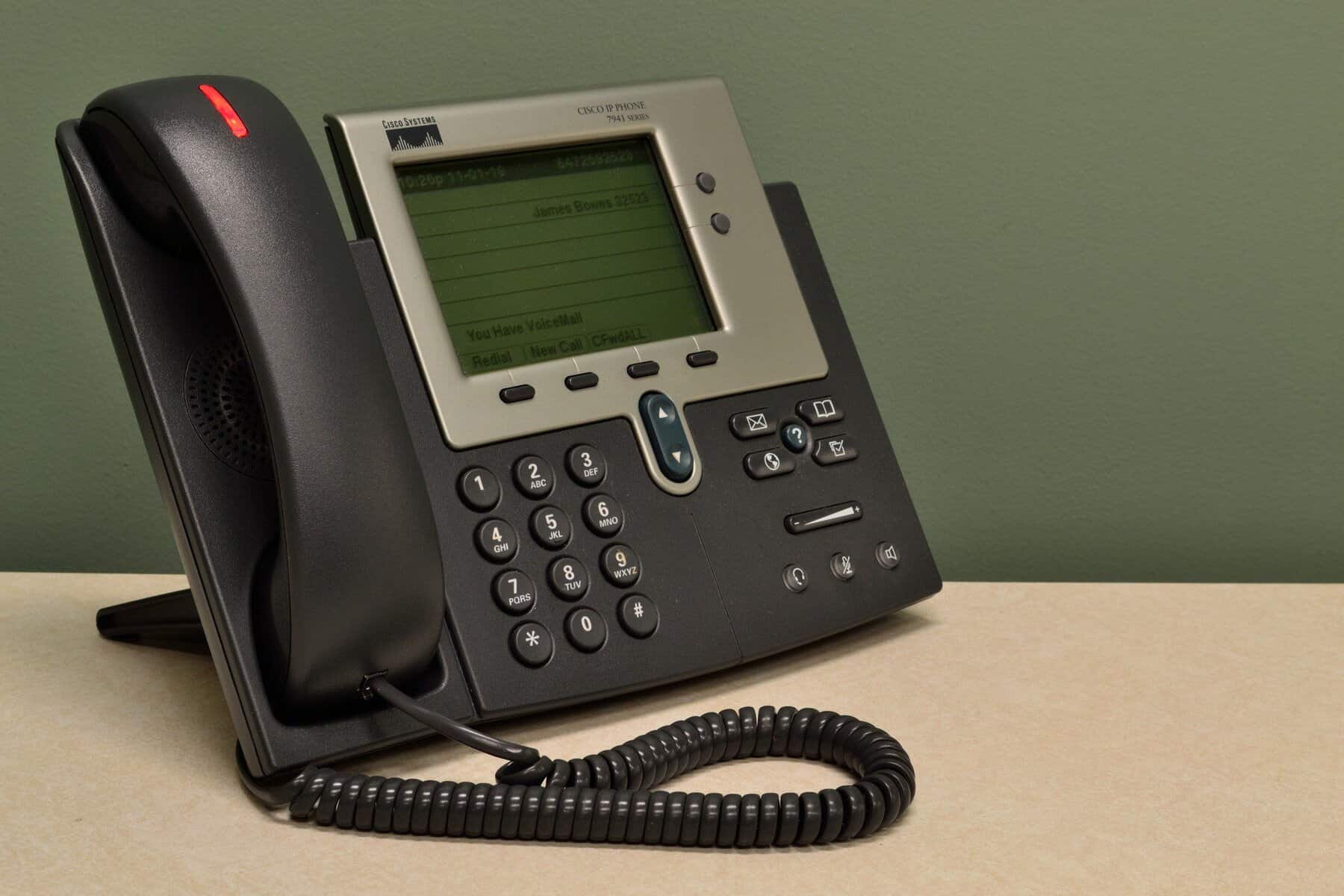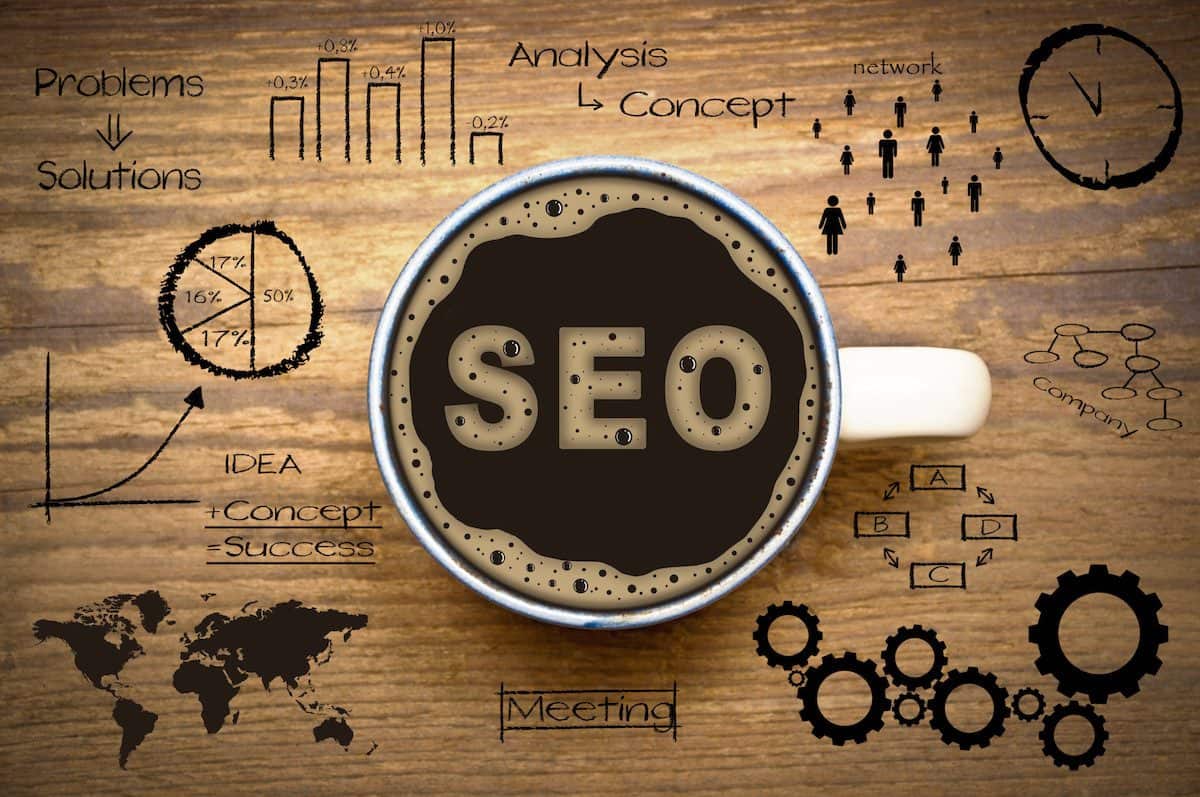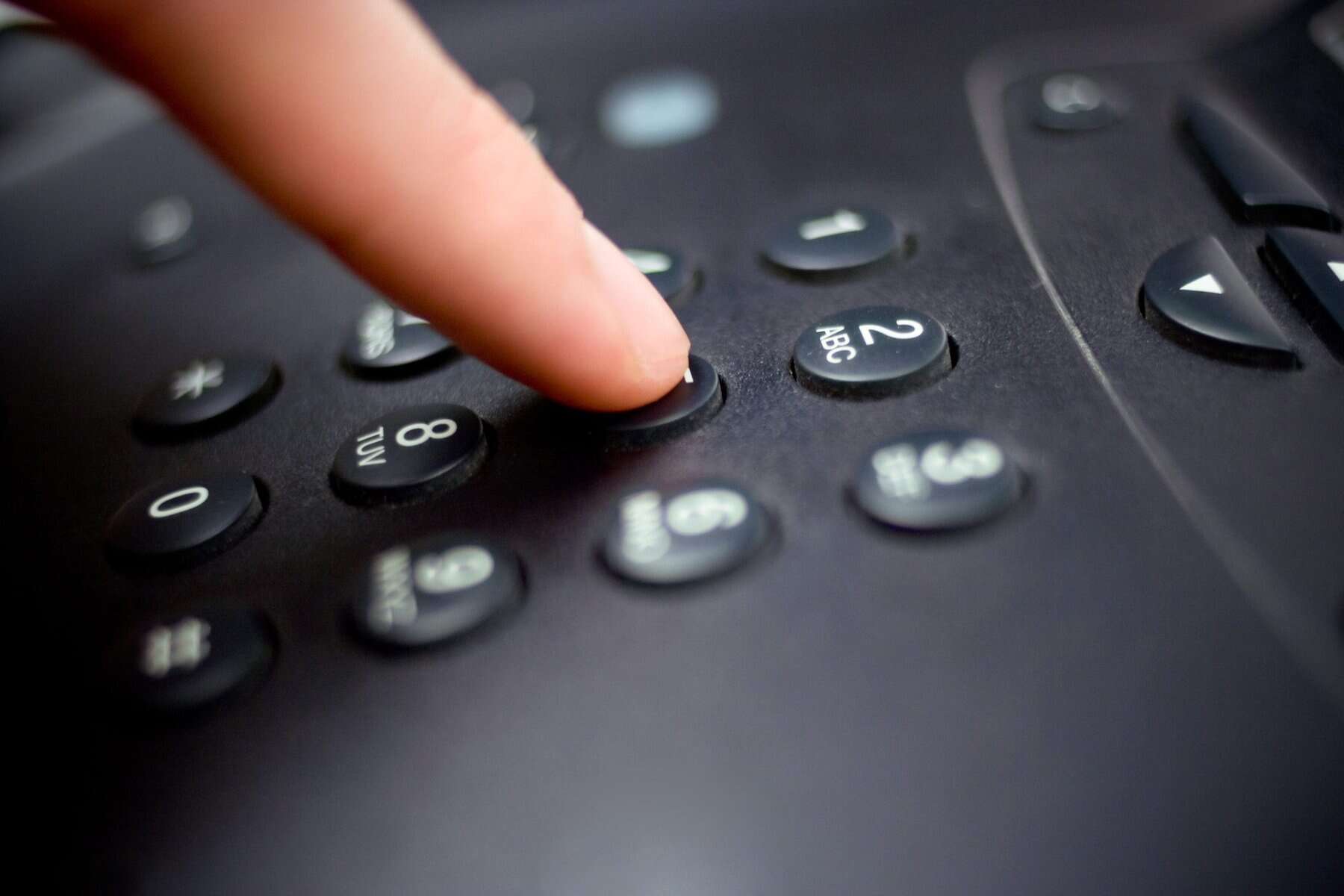Choosing the right advertising agency can be a game-changer for your brand. It’s like finding the perfect teammate in a game of soccer—someone who understands the field, knows your playstyle, and works seamlessly to score goals. The right agency helps you reach your audience effectively, crafting messages that resonate and inspire action. With numerous advertising agencies out there, including specialized ones like radio ad agencies in the US, it’s important to identify which one aligns best with your brand’s goals and values.
As businesses aim to stand out through various media channels, radio continues to be a powerful tool. Whether it’s through catchy jingles or compelling commercials, radio has a unique way of capturing attention. When looking for an agency, understanding their experience, creative processes, and ability to deliver personalized solutions becomes essential. Let’s explore key tips for selecting an advertising agency that can make your brand shine.
Assessing Experience and Expertise
Experience and expertise are the backbone of any successful advertising agency. When searching for an agency, start by evaluating their years of operation in the industry. An agency with a rich history often brings a wealth of knowledge and tried-and-tested strategies to the table. This experience can be especially valuable in specialized areas like radio advertising, where understanding listener behavior and trends is crucial.
Next, look into their specific expertise. Some agencies might excel in jingle production, while others might focus on radio commercial production. Understanding what an agency specializes in helps you match your needs with their strengths. For instance, an agency known for creative jingles can be a great asset if you’re aiming to create memorable radio ads that stick in listeners’ minds.
Here are some ways to assess an agency’s experience and expertise:
– Review their portfolio: A comprehensive look at their past work can reveal the types of clients they have worked with and the results they have achieved. Pay attention to projects similar to yours.
– Ask about client success stories: Inquire about previous campaigns they’ve managed and the outcomes. Success stories can provide insight into how well they handle challenges and deliver results.
– Check industry recognition: Awards and accolades from reputable industry bodies can be a testament to their skills and achievements.
In selecting an agency, focusing on experience and expertise ensures you partner with someone who not only understands your brand’s vision but can also translate it into successful radio advertising strategies.
Understanding the Creative Process
How an agency develops its creative work is a window into its ability to deliver standout radio ads. A comprehensive creative process will often begin with a deep dive into client needs, understanding their target audience and brand message. This foundation allows the agency to craft ads that not only capture attention but also build a meaningful connection with listeners. Collaboration between the agency and client is essential here, ensuring that ideas align and translate into effective radio campaigns.
Next comes brainstorming, where creativity takes center stage, generating ideas that are both original and impactful. Skilled agencies often create a storyboard or script outline during this phase, providing a visual or textual map of the ad’s structure. This step is a prelude to production, where the ad starts to come to life with voice talent, music, and sound effects—all elements that speak directly to the audience.
The final stage, post-production, is about fine-tuning. Here, every sound is adjusted, and any necessary edits are made, ensuring the finished product is polished and ready to air. This multi-step process highlights the importance of clear communication, with regular updates to keep the client in the loop and ensure their vision is realized.
Evaluating Past Campaigns
To gauge the effectiveness of an agency’s work, reviewing their past campaigns can be enlightening. By examining an agency’s portfolio, you can identify patterns in their creative style and their ability to engage audiences. The portfolio acts like a showcase, demonstrating how well campaigns achieve intended outcomes, such as increased brand recognition or listener engagement.
As you evaluate these campaigns, consider how they measure up in creativity. Do the jingles linger in your memory? Are the messages clear and persuasive? Creativity often translates into effective branding, turning a simple jingle or line into something iconic.
Audience engagement is another critical aspect. Look for ads that have sparked positive interaction or feedback, indicating that the campaign resonated with its listeners. Outcomes are the final yardstick—ads that deliver measurable results signal an agency’s competence and effectiveness.
Considering Pricing and Value
Understanding the cost of radio ad campaigns involves unraveling different pricing models. Agencies might charge based on ad airtime, production costs, or a flat fee covering the entire campaign from inception to launch. Each model has its pros and cons, so clarifying these with the agency helps make informed decisions.
Value extends beyond just numbers. Evaluate how the agency translates expenditure into results. What return on investment can you anticipate? Agencies that offer a detailed breakdown of their costs against projected outcomes help you understand the financial landscape, ensuring that you’re paying for tangible benefits.
Building a Long-term Partnership
Partnering with an ad agency is about more than a single project. It’s about cultivating a relationship that adapts as your brand grows. Long-term partnerships thrive on trust—knowing that the agency can consistently meet expectations and pivot with the evolving needs of your business. Flexibility plays a role here, as agencies should be open to new ideas and adaptable strategies, ensuring campaigns stay fresh and relevant.
Support doesn’t end when the ad airs. Ongoing collaboration means continuous improvement and shared goals. With a reliable partner, your brand can achieve better cohesion across campaigns, building sustained momentum that enhances advertising efforts over time.
Making the Final Decision
Choosing the right radio ad agency involves several key considerations—from experience and creativity to pricing and long-term potential. A thorough assessment helps align these factors with your business needs, ensuring you select an agency that is as invested in your success as you are. Take your time, ask the right questions, and trust your instincts. With the perfect partner, your radio advertising efforts can reach new heights and captivate the ears of your target audience.
Are you ready to transform your brand’s reach with effective radio advertising? Discover why Killerspots Agency is among the leading radio ad agencies in the US. Our expertise in crafting compelling audio content ensures your message stands out. Reach out today to explore how we can amplify your brand’s voice and create ads that captivate your audience.




















